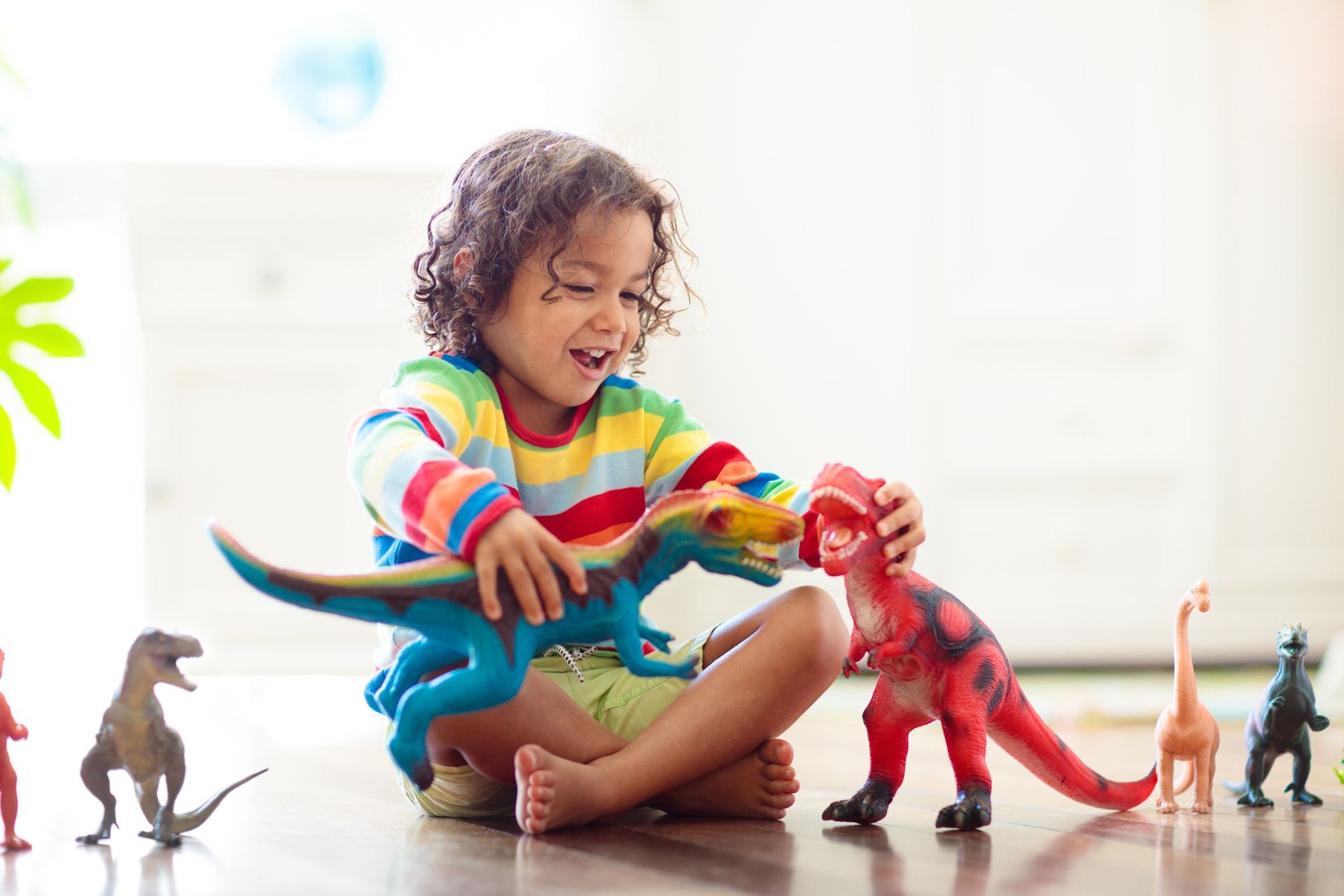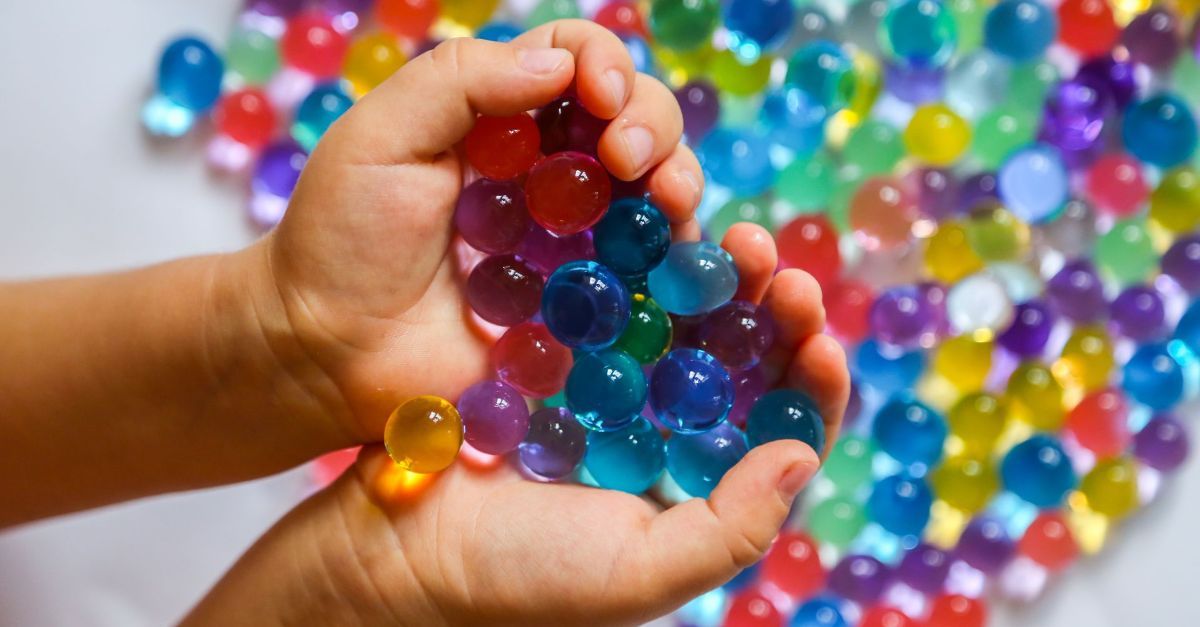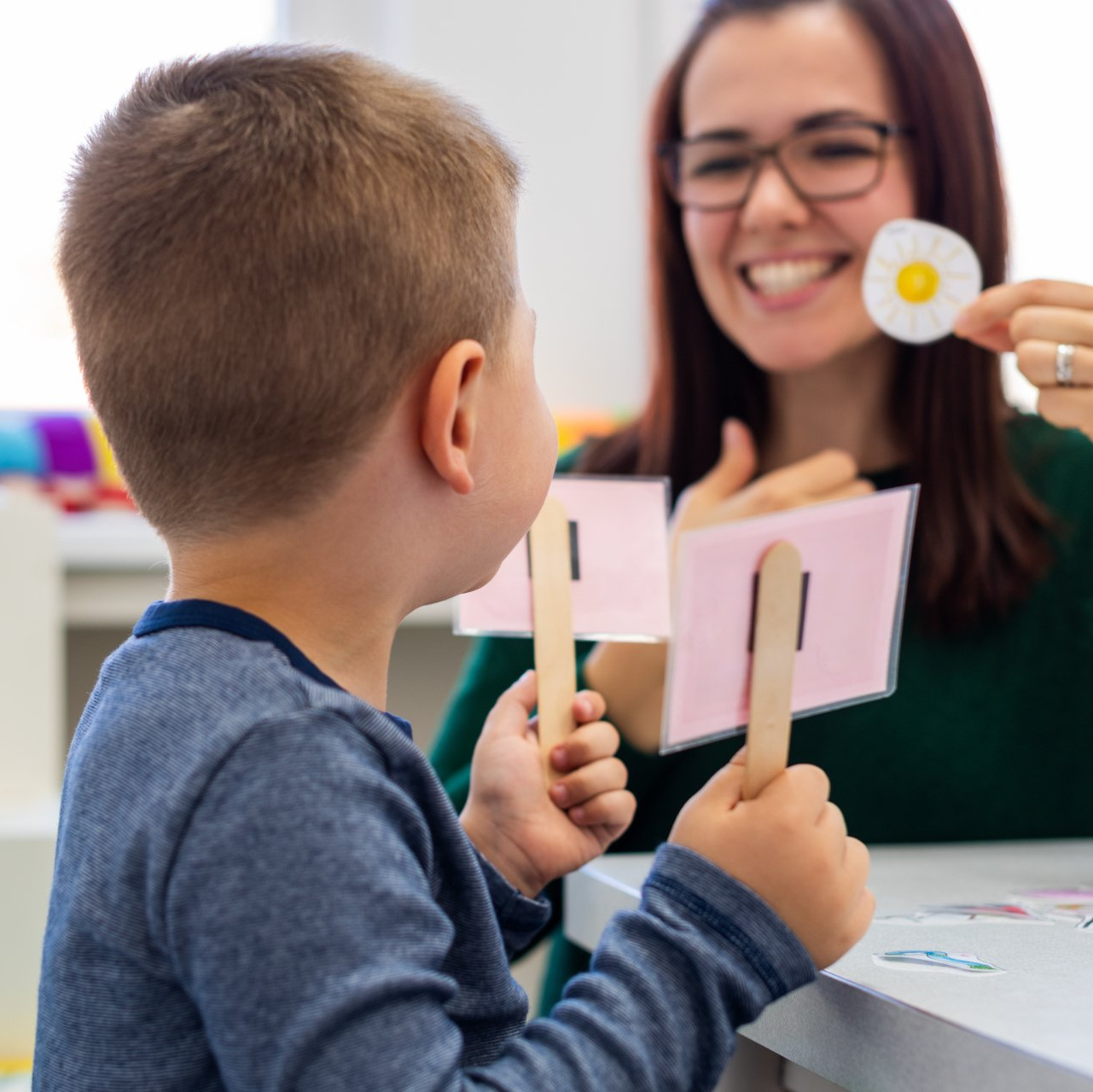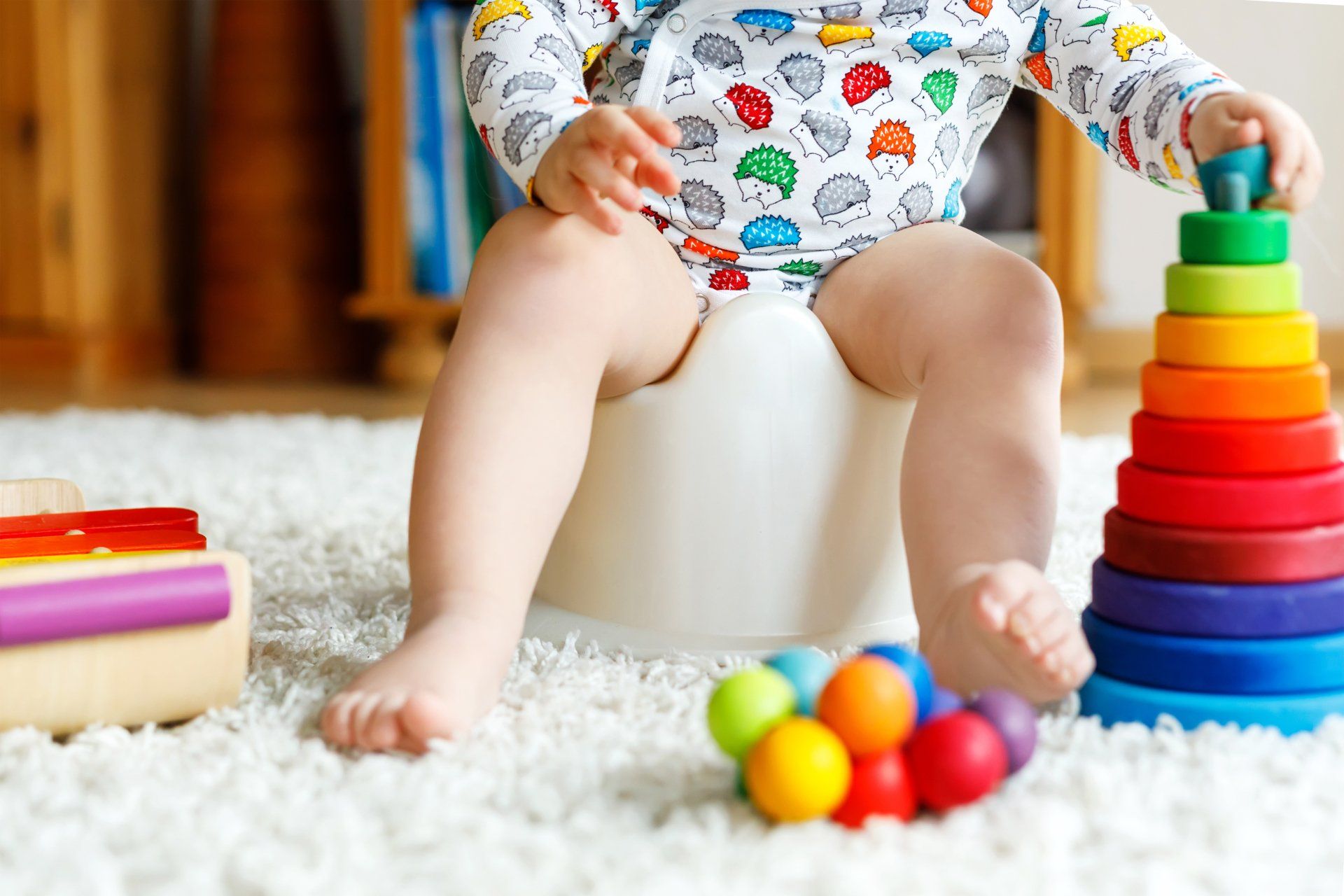Baby Sign Language: When and how to start?
Baby sign language is a technique in which you and your baby use explicit handshapes and motions to transfer words and meaning with each other. These exact handshapes and motions are performed typically by using Baby Sign Language
By using just a few hand signs when you talk to your baby this gives him/her the tools to communicate with you before they learn how to speak. From the age of 6 months, babies are cognitively ready to communicate, but because speech only develops between 12-24 months of age, they need an additional way to communicate and this is why Baby Sign Language is so vital.
When you do Sign Language with your baby, he/she will benefit from the following:
1. It enhances your child’s verbal language development.
2. It enables children to communicate their wants and needs much earlier in life.
3. It enhances language and listening skills, as well as cognitive development.
4. Research shows an increase in IQ level
5. It boosts self-esteem.
6. It reduces frustration for babies, toddlers and their parents, which in turn leads to fewer tantrums.
7. Parents are provided with a window into infant’s worlds which strengthens the bond between them.
8. It improves vocabulary
9. It promotes bilingualism
10. It encourages an early interest in literature.
Always speak as you sign, your baby needs to hear the word each sign represents.
Know when your baby is ready to learn how to sign. There’s no concern of starting too early, but there is a point at which your baby is better able to start picking up what you’re putting down. The best benchmark is your baby’s ability to sit up without use of their hands. At this point, they are able to begin reading and processing the concept of signing, and may even be able to start copying the signs you make.
• For some babies, this will occur as early as six months. Many babies will begin “reading” and using signs at around nine months old.
• Look for signs your baby is already making. Chances are, your baby has learned a sign without you purposely teaching it – most commonly, waving
• hello or goodbye to people is something babies simply pick up. If this is happening, take it as a sign your baby will be especially receptive to sign training.
Watch for signs of increased interest by your baby. Lots of children will begin showing interest in regular things you do. For instance, if they start to coo or wave their arms around whenever you start running the bathwater, recognize that they are excited by the action and are trying to communicate. Know that babies will also want to sign about things they are excited about, in addition to their more basic needs.
Take these signs of increased interest as indication that your baby will be receptive to training about how to communicate.
Today, Baby Sign Language is widely accepted as a legitimate infant communication programme. It is hard to argue with its success. When study after study proves it improves verbal skills, it is difficult to continue to be doubtful. Because verbal language development skills are developed early, the advanced development improves older children’s language skills also. Watch your baby sign for his “bear” or “milk” and that is your indisputable proof that Baby sign language works!
Happy signing!












